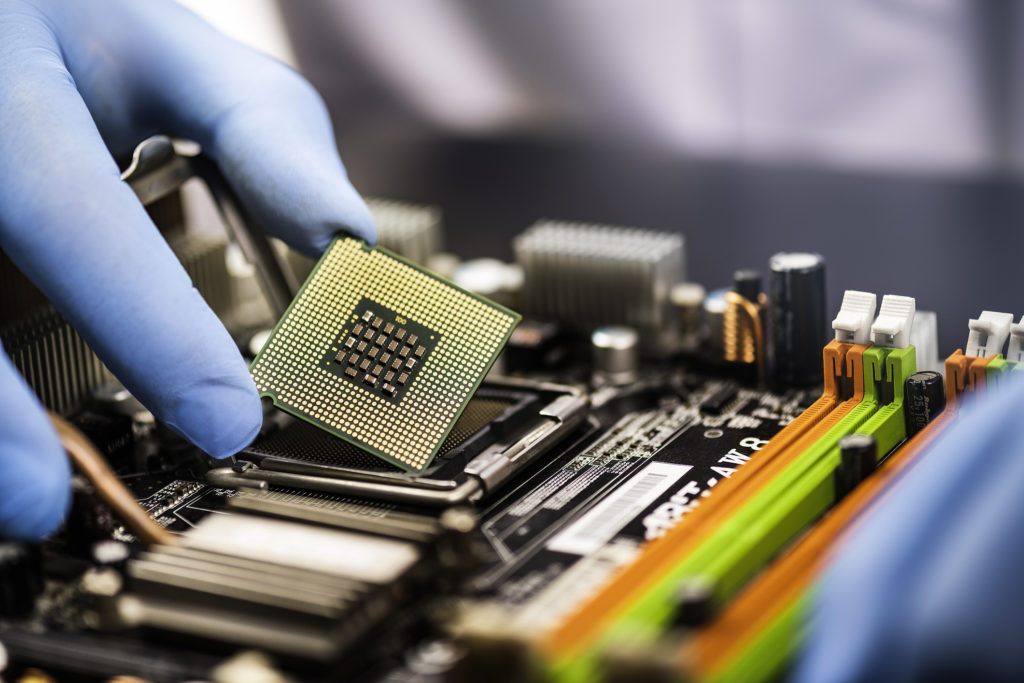The U.S. Has Needed to Shore Up Its Defense Industrial Base For Years. Now It’s Even More Urgent
Share

The Senate Armed Services Committee heard testimony this week on the health of America’s defense industrial base. It’s clear it needs a boost.
The Senate Armed Services Committee met earlier this week to discuss the United States’ defensive industry and its manufacturing capabilities, with Chairman Jack Reed (D-R.I.) noting that “urgency around this issue has never been clearer.”
It’s been evident for years that the United States needed to shore up its defense industrial base. Back in 2013, the Alliance for American Manufacturing partnered with Brigadier Gen. John Adams, U.S. Army (Ret.) on the report Remaking American Security, which found that U.S. national security “is threatened by our military’s growing and dangerous reliance on foreign nations for the raw materials, parts, and finished products needed to defend the American people.”
But the issue has only become more pressing in the ensuing years. Shortages of critical personal protective equipment (PPE) and other medical supplies during the COVID-19 pandemic exposed how vulnerable the United States had become. The ongoing global supply chain crisis continues to drive home the need to reshore production.
And then, of course, there is Russia’s unjustified invasion of Ukraine. If the United States and its allies are going to continue to be an arsenal of democracy, supplying Ukraine with the tools needed to combat Vladimir Putin’s illegal and immoral invasion, America is going to have to step up — and bring back — its manufacturing capabilities.
“It is clear that we need to protect our domestic supply of critical components, such as microelectronics, that may be interrupted in times of emergency,” Reed said, adding: “We have, I think, neglected our industrial base; we assumed it would always be there and we’re now discovering it’s not quite there because of many other factors.”

Reed noted that the United States has long led when it comes to inventing much of the technology used in our defense. But, if we do not shore up manufacturing capabilities, we risk losing a critical advantage.
“The United States’ industrial base is core to our national security. America’s capacity for technological innovation and manufacturing has ensured that our military is the finest in the world, with benefits well beyond the military sphere,” Reed said. “This industrial advantage, however, is not a given.”
Sen. Mark Kelly (D-Ariz.) highlighted the importance of the technology behind semiconductors — and how the United States has fallen behind on the ways to move our country’s innovative spirit forward.
“Semiconductor manufacturing capacity has dropped in the US from about 40% in the 1990s to 13% today,” Kelly said. “While China is investing heavily to try and dominate this industry, we also have the added complexity in repatriating or bringing back Taiwan and what that would mean to semiconductor capacity.”
In recent months, there’s been some good news on the semiconductor front – Intel is building two new chip plants in Arizona, and new projects in Ohio and North Carolina should alleviate some of the problem. But that will take time, as it can take up to five years to bring a semiconductor plant online.
But in developing a solution, Ellen Lord, the former Under Secretary of Defense for Acquisition and Sustainment, stressed the need for the United States to shore up all the links in its semiconductor supply chain, offering this advice to the assembled legislators:
“The global semiconductor shortage has enormous ramifications for the Department of Defense, because almost everything produced uses them. First, we have to make sure that our systems are secure –in other words, that they’re not calling China or somewhere else with information. The real challenge here is that most of the intellectual property for these semiconductors actually originates in the U.S…. We have offshored over time to the point where we are no longer in control of those supply chains. Even the most fundamental, lower-level items, such as the rare earth elements, we can get them out of the ground, but to date they’re very dirty processes to make them usable, and they go in not only semiconductors but also other things.”
David J. Berteau, President and Chief Executive Officer Professional Services Council, noted the urgency of addressing these issues, especially given China’s ambitions.
“It takes us three years to do what China can in three days in terms of deciding, resourcing, and getting started on things that need to be done,” Berteau said.
To watch Tuesday’s hearing in its entirety, click here.
